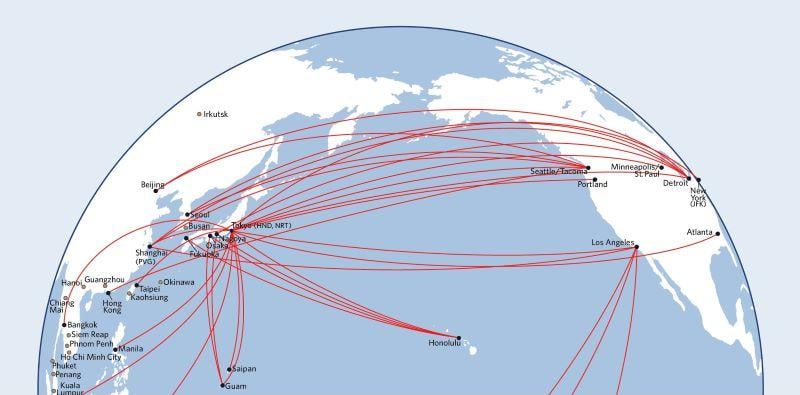
Credit: Delta Air Lines
The closure of Russian airspace stemming from that country’s invasion of Ukraine is forcing international operators to divert from traditional routes between the U.S. to India and the Asia-Pacific region, adding hours to their flight time, says a corporate flight department chief pilot. “The closure...
Subscription Required
This content requires a subscription to one of the Aviation Week Intelligence Network (AWIN) bundles.
Schedule a demo today to find out how you can access this content and similar content related to your area of the global aviation industry.
Already an AWIN subscriber? Login
Did you know? Aviation Week has won top honors multiple times in the Jesse H. Neal National Business Journalism Awards, the business-to-business media equivalent of the Pulitzer Prizes.





